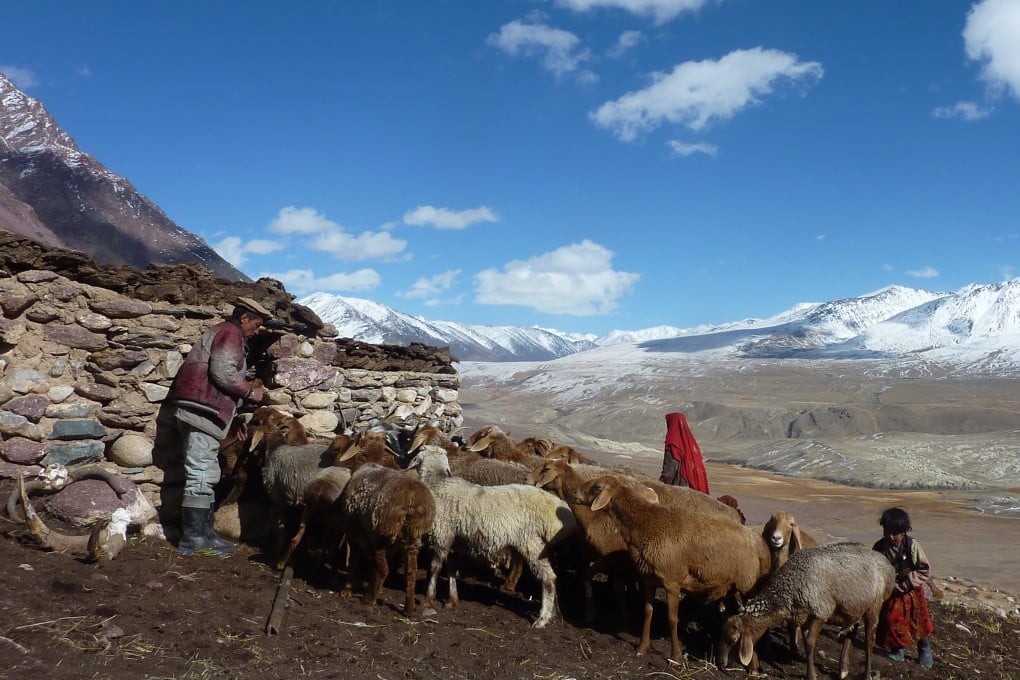Why China is wary of opening up Afghanistan’s new road to Xinjiang
- Observers say the Taliban’s hopes that the completed project will become a link to China’s vast network are unlikely to be shared by Beijing
- The road’s location on the Chinese counterterrorism front line and dubious economic case suggest it will be treated with caution

At this stage, China has no customs facilities in the area – where Afghanistan meets the autonomous Chinese region of Xinjiang – and has said nothing to suggest it intends to add a formal crossing point.
Currently, only Chinese border guards patrol the Wakhjir Pass at the eastern end of the Wakhan Corridor, where the road is understood to be located.
The project – priced at around 370 million afghanis (US$5.07 million) – was conceived by the US-backed former government as a way to attract Chinese investment in the country’s untapped mining resources.
Construction began in May 2021 on the 50km (31-mile) Little Pamir Road in Badakhshan province but was soon suspended. Three months later, the Taliban retook control of the country.
The 5 metre-wide road was completed around January 15, according to Mohammad Ayub Khalid, the Taliban governor of Badakhshan, in an interview with the Taliban-controlled Bakhtar News Agency. Asphalting would start “in the near future”, he said.
